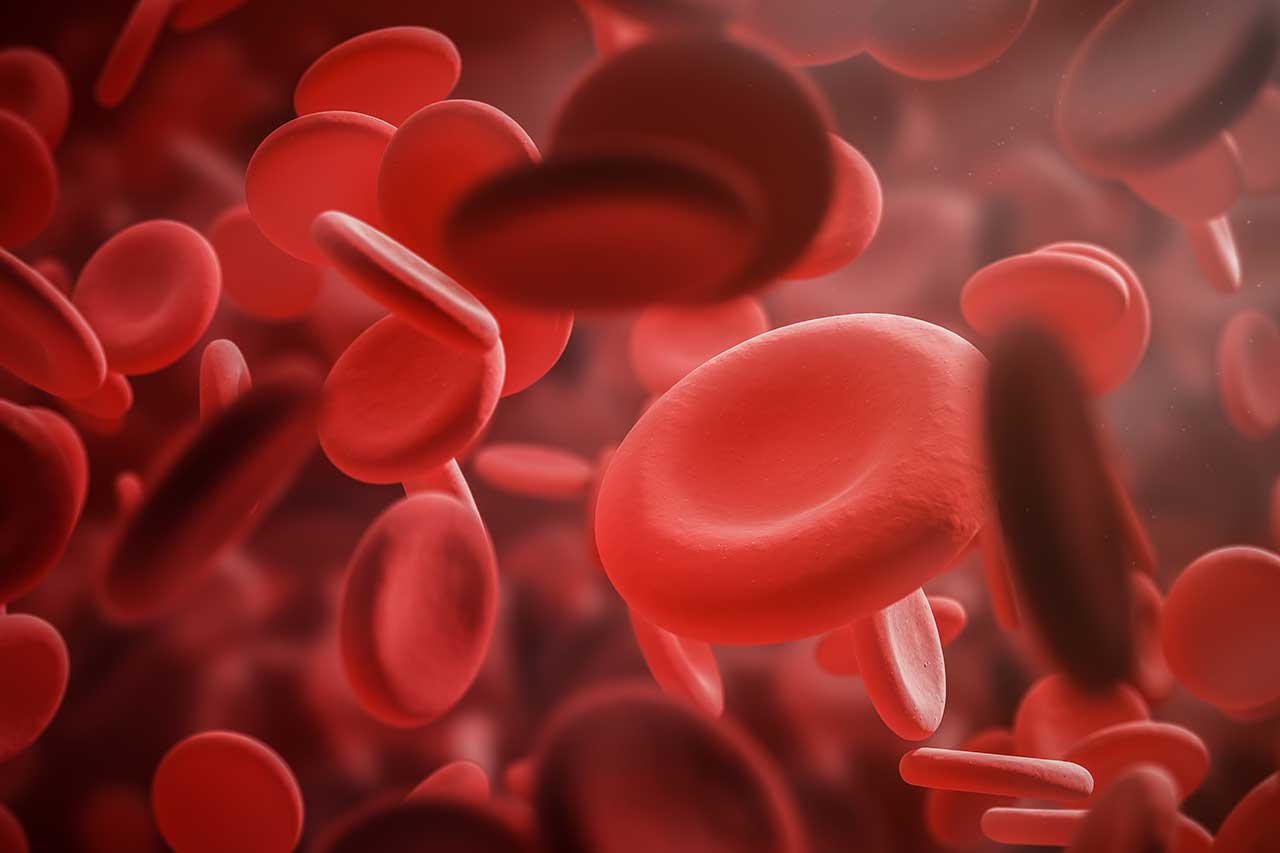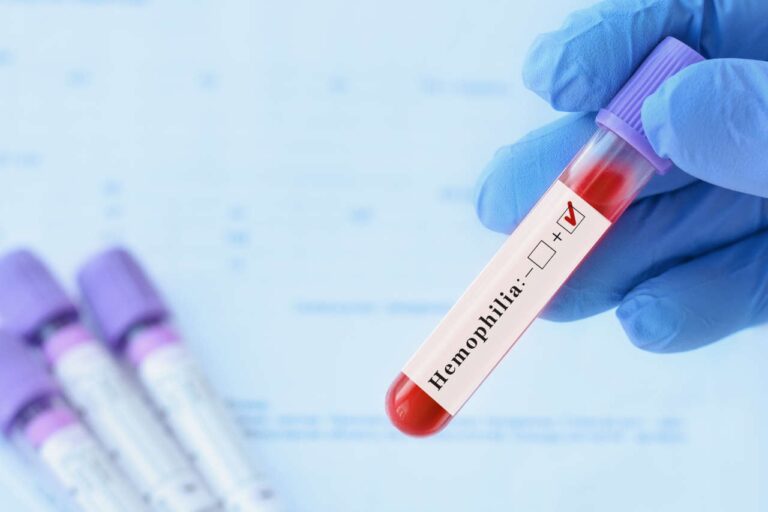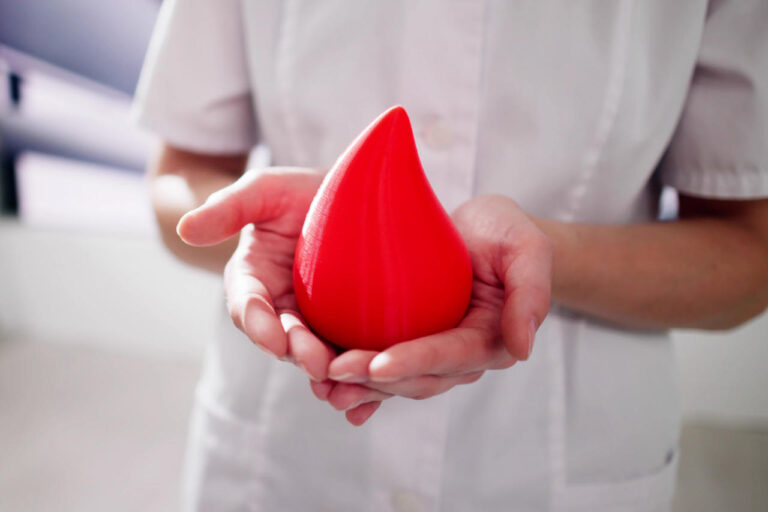
- Advances in treatment have significantly increased the life expectancy of hemophilia patients, bringing it closer to the general population with proper treatment.
- Disease severity, type, comorbid conditions, and healthcare access are some of the key factors affecting the lifespan of patients.
- Proper adherence to therapy, early diagnosis, and multidisciplinary care improve hemophilia prognosis.
- Without treatment, hemophilia drastically reduces lifespan due to risks like internal bleeding and intracranial hemorrhage.
Get IVIG Copay Assistance
Speak to a SpecialistOver the past two decades, novel therapeutics have enhanced the life expectancy of hemophilia patients tremendously. Although hemophilia is a rare, inherited blood disorder with no particular cure, alternative treatments have improved the quality of life for hemophilia patients.
Today, individuals with hemophilia can often expect longer and healthier lives as a result of continuous medical advancements and comprehensive care strategies. But how long do people with hemophilia actually live for?
That is one of the questions we will address in this blog as we explore the latest insights into hemophilia prognosis and discuss the factors influencing the average lifespan of hemophilia.
Factors That Affect Hemophilia Life Expectancy
Before discussing the life expectancy of this disease, we must understand what factors influence it. Understanding these factors helps affected individuals and their healthcare teams optimize hemophilia treatment plans and achieve the best possible outcomes.
Severity of Hemophilia
Hemophilia can be classified as mild, moderate, or severe, and is based on the amount of blood-clotting proteins. The degree of bleeding severity directly influences the life expectancy of those with hemophilia:
- Severe hemophilia is characterized by having less than 1% of normal clotting factor activity. Generally, about 70% of individuals with hemophilia have the severe form of the disease, and they often experience excessive bleeding that can reduce life expectancy by causing neurological issues and internal organ complications.
- Mild and moderate hemophilia patients have higher clotting factor levels and typically experience fewer bleeding episodes and enjoy a longer lifespan.
Type of Hemophilia
Hemophilia prognosis may vary according to the type of hemophilia.
- Hemophilia A, caused by factor VIII deficiency, is the most common form of the disease with more established treatment protocols.
- Hemophilia B, due to factor IX deficiency, generally carries a similar life expectancy to hemophilia A.
- Hemophilia C, a rarer form of the disease caused by factor XI deficiency, often presents milder symptoms that can be managed more easily and lead to a longer life expectancy.
Disease Stage and Management

The disease stage and the timeliness of treatment are other factors that can decrease or increase the average lifespan of hemophilia.
Early diagnosis and prompt initiation of therapy can prevent severe complications. Those who maintain consistent treatment, avoid physical trauma, and manage bleeding episodes effectively can preserve joint function and prevent life-threatening events, thereby extending their lifespan.
Access to Healthcare and Treatment Options
Quality healthcare can significantly impact the life expectancy of hemophilia patients. People who experience better health outcomes are those with access to:
- Specialized care
- Regular infusion schedules
- Advanced therapies (clotting factor concentrates and gene therapy)
On the other hand, those with limited healthcare resources or inconsistent treatment face higher risks of bleeding complications and a less favourable hemophilia prognosis.
Comorbid Health Conditions
Other medical conditions can influence the prognosis of the disease. Infections like HIV or hepatitis C can reduce the life expectancy of patients.
Other conditions can also complicate disease management and reduce the overall life expectancy of hemophilia patients. Some of these conditions include:
- Obesity
- Cardiovascular conditions
- Joint damage from repeated bleeding
Get IVIG Prior Authorization
Patient Adherence to Treatment
Consistent adherence to prescribed treatment regimens is crucial for managing bleeding disorders like hemophilia. Skipping infusions or delaying therapy increases the risk of uncontrolled bleeding and joint damage, which can shorten life expectancy.
Those who follow their healthcare provider’s instructions and take their hemophilia medications can avoid potential complications and improve their hemophilia prognosis.
Genetic Factors
Genetic factors also influence individual response to treatment and the average lifespan of hemophilia. Variations in genes responsible for blood clotting can affect how the body produces clotting factors.
For instance, some individuals may develop inhibitors, which are antibodies that neutralize clotting factors. These inhibitors make management more difficult and lower the life expectancy of hemophilia patients.
Availability of Multidisciplinary Care
Access to a comprehensive care team consisting of the following specialists can significantly influence hemophilia outcomes.
- Hematologists (a medical provider who specializes in the treatment of blood disorders) are responsible for the diagnosis, treatment planning, and monitoring of bleeding episodes.
- Physiotherapists help maintain joint health and mobility, preventing long-term damage.
- Psychologists support mental health, provide coping strategies, and ensure treatment adherence.
- Nurses provide education, administer home infusion therapies, and coordinate home care.
A multidisciplinary care team approach ensures all aspects of hemophilia are managed holistically and improves life expectancy.
How Long Do People With Hemophilia Live Without Treatment?
The survival rate in hemophilic patients rapidly declines if not given adequate treatment. Without treatment, they are more likely to succumb to the disease before adulthood due to bleeding–related incidents. Let’s take a closer look at some of these incidents.
Internal Bleeding in Vital Organs
Uncontrolled internal bleeding in vital organs like the heart, lungs, or liver can cause severe damage or organ failure. These life-threatening incidents lead to rapid health deterioration and reduce the life expectancy of hemophilia patients.
Intracranial Bleeding
Bleeding in the skull, also known as intracranial hemorrhage, is a critical complication that can cause brain damage and neurological deficits.
Without treatment, recurrent intracranial bleeding episodes can drastically lower the average lifespan of hemophilia by risking irreversible brain injury and, in severe cases, even leading to death.
Joint Bleeding
Repeated bleeding into joints (hemarthrosis) causes chronic inflammation and joint damage. Over time, this bleeding can lead to decreased mobility and increased risk of infections, which may indirectly impact the prognosis of hemophilia.
How Long Do People With Hemophilia Live With Treatment?

The advancement in hemophilia treatment techniques, such as replacement therapy, clotting factor concentrates infusions, home care treatment, and immunosuppressant therapy, has significantly lengthened life expectancy and improved the quality of life for hemophilia patients.
With proper treatment and comprehensive care at the initial stage after diagnosis, the patient can expect to live a relatively ordinary life.
The average lifespan of hemophilia patients who receive proper treatment is only 10 years shorter than that of the general male population. Let’s look closer at some of these treatments and see how they contribute to a better hemophilia prognosis.
Replacement Therapy
Replacement therapy involves infusing missing clotting factors, such as factor VIII or IX, into the bloodstream. This treatment replaces deficient proteins responsible for blood clotting and helps prevent and stop bleeding episodes.
By maintaining adequate clotting factor levels, replacement therapy reduces the frequency and severity of bleeds, especially in critical areas like the joints and internal organs.
Regular infusions improve the life expectancy of hemophilia patients, enabling them to manage their condition more effectively.
Immunosuppressant Therapy
Immunosuppressant therapy is medication that suppresses the immune response. This approach is especially successful in patients with acquired hemophilia A (AHA), where the body has developed inhibitors against clotting factors.
Immunosuppressants like corticosteroids, cyclophosphamide, and rituximab reduce the formation of inhibitors.
By minimizing the body’s immune reactions, these medications allow replacement therapies to work more efficiently. Therefore, patients with acquired hemophilia will experience fewer complications and live longer.
Ask About IVIG Home Infusion
Statistics of Hemophilia Life Expectancy After Proper Treatment
The statistics of hemophilia survival rates have considerably improved to the point where some studies reported a near-normal lifespan for patients with mild hemophilia. Let’s take a closer look at these promising statistics.
Lifespan of British Hemophilia Patients
Researchers recorded the median lifespan of hemophilia patients in the British male population. According to their survey analysis, male patients suffering from the severe stage of hemophilia had a life expectancy of 63 years.
Those with a mild to moderate form of the disease had a life expectancy of 75 years, compared to the overall British male population, which had a life expectancy of 78 years at that time.
Lifespan of Hemophilia Patients in the Netherlands
Likewise, based on the observational cohort study conducted on 1031 Dutch male population with hemophilia from 2001-2018, the median lifespan was 77 years compared to the general healthy Dutch male population with a life expectancy of 83 years.
Lifespan of Hemophilia Patients With Co-occurring Infections
On the other hand, those receiving treatment who have HIV or hepatitis C face a less favourable hemophilia prognosis.
The estimated life expectancy of mild and moderate hemophilic patients without HIV or hepatitis C virus (HCV) has been reported at 75 years in the previously mentioned Dutch study.
The mortality rate for patients with non-severe hemophilia co-infected with HIV was 19% higher than the general population, mainly due to excessive bleeding and HIV-related diseases.
Overall Mortality Rate
Back in the 1960s, before the revolutionary development of clotting factor concentrates (CFC), the average lifespan of male patients with severe hemophilia was merely 11 years, and they usually passed away before they hit puberty.
When it comes to the overall mortality rate, the death rate of patients with mild hemophilia is twice that of healthy male populations. If a person has severe hemophilia, the death rate is likely to be four to six times higher than the general population.
The Importance of Prompt Diagnosis and Treatment
Undoubtedly, prompt diagnosis and effective replacement therapy not only reduce the recovery time and hospital stay, but also improve the life expectancy of hemophilia patients.
In developed countries, the average lifespan of hemophilia patients who don’t have other health conditions is almost the same as the overall general population because of continuous advancements in treatment resources and healthcare access.
Navigate Hemophilia With AmeriPharma® Specialty Pharmacy
Advances in hemophilia treatments have significantly improved its prognosis. Those with hemophilia who receive proper treatment now have a better life expectancy and can enjoy a higher quality of life.
AmeriPharma® Specialty Pharmacy can help you receive quality treatment on time. Our URAC-accredited specialty pharmacy offers hard-to-find medications and at-home therapies to those with complex conditions like hemophilia.
Book a call today to talk to a specialist and start managing your condition with full-service coordination, copay assistance, and 24/7/365 support.
REFERENCES:
- Kloosterman, F., Zwagemaker, A. F., Abdi, A., Gouw, S., Castaman, G., & Fijnvandraat, K. (2020). Hemophilia management: Huge impact of a tiny difference. Research and Practice in Thrombosis and Haemostasis, 4(3), 377-385.
- Mejia‐Carvajal, C., Czapek, E. E., & Valentino, L. A. (2006). Life expectancy in hemophilia outcome. Journal of Thrombosis and Haemostasis, 4(3), 507-509.
- Darby, S. C., Kan, S. W., Spooner, R. J., Giangrande, P. L., Hill, F. G., Hay, C. R., … & Williams, M. (2007). Mortality rates, life expectancy, and causes of death in people with hemophilia A or B in the United Kingdom who were not infected with HIV. Blood, The Journal of the American Society of Hematology, 110(3), 815-825.
- Hassan, S., Monahan, R. C., Mauser‐Bunschoten, E. P., van Vulpen, L. F., Eikenboom, J., Beckers, E. A., … & Gouw, S. C. (2021). Mortality, life expectancy, and causes of death of persons with hemophilia in the Netherlands 2001–2018. Journal of Thrombosis and Haemostasis, 19(3), 645-653.













